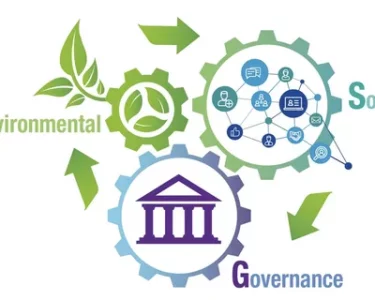As the world grappled with the unprecedented challenges brought forth by the COVID-19 pandemic, one of the sectors hit hardest was education. Schools around the globe swiftly transitioned to remote learning as a means to ensure the safety and continuity of education. However, this abrupt shift posed numerous challenges for students, teachers, and parents alike. In this feature story, we delve into the multifaceted obstacles faced by the education system during the pandemic and explore the innovative ways in which they were overcome.
I. Bridging the Digital Divide: One of the most glaring issues that emerged during the pandemic was the stark digital divide. Many students, particularly those from marginalized communities or low-income households, lacked access to necessary technology and reliable internet connections. This educational inequity exacerbated existing disparities and hindered students’ ability to fully participate in remote learning. We investigate the initiatives undertaken by governments, non-profit organizations, and educational institutions to bridge this digital gap, ensuring that every student has equal opportunities for quality education.
II. Technological Challenges and Adaptation: The sudden transition to remote learning demanded rapid adaptation to various digital platforms and technologies. Teachers and students encountered a learning curve as they grappled with new tools for virtual classrooms, online assignments, and assessments. Moreover, technical glitches and internet connectivity issues often disrupted the learning process, leaving both educators and students frustrated. Through firsthand accounts and expert interviews, we shed light on the innovative solutions devised to tackle these challenges and explore the long-term impact of technological integration in education.
III. Social and Emotional Well-being: Beyond the academic hurdles, remote learning took a toll on the social and emotional well-being of students. The absence of face-to-face interaction with peers and teachers, combined with increased feelings of isolation, led to a rise in mental health issues among students. We delve into the initiatives launched by educational institutions to prioritize students’ mental health, such as virtual counseling services and support networks, and analyze the long-term implications of the pandemic on the emotional resilience of the younger generation.
IV. Parental Involvement and Support: Remote learning also placed unprecedented responsibilities on parents, who had to juggle their own work commitments while ensuring their children’s education remained on track. Many parents, especially those without prior experience in homeschooling, struggled to navigate the intricacies of remote learning. We explore the support mechanisms implemented by schools and educational authorities to facilitate parental involvement, such as online workshops, resource guides, and interactive communication platforms, and assess the vital role parents played in maintaining the continuity of education during the pandemic.
Conclusion: The challenges presented by remote learning during the pandemic were vast and complex. However, they also provided an impetus for innovation, collaboration, and adaptation within the education sector. As we gradually emerge from the grips of the pandemic, it is essential to reflect on the lessons learned and implement lasting changes that enhance the resilience and inclusivity of education. By highlighting the challenges faced and the solutions employed, we can pave the way for a more equitable and technologically empowered education system, better prepared to face future disruptions.




